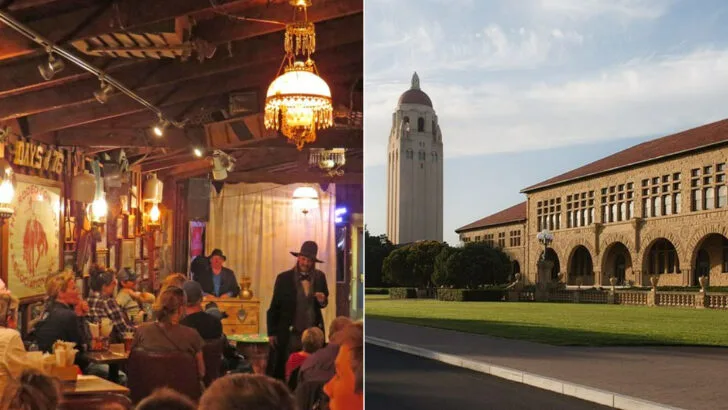Small towns sneak into the national story and set the terms. They start as places people pass through. Main streets, porches, a town square—simple things movies, books, and ads turned into big ideas about home, work, and comfort. This piece names fifteen towns that became larger than their zip codes. Each entry links a real street or building to a story people keep telling. You’ll read short scenes: a parade float, a courthouse bell, a bakery window with a line. These details show how ordinary life became shorthand for ideals like stability, fresh starts, and neighborly ties. No lofty claims, small snapshots that add up. Bring a notebook or your phone camera. Notice mailbox shapes and how strangers greet each other. By the end you might see that the American dream is not a single site but a set of scenes you can still find on a quiet Saturday morning.
Levittown, New York
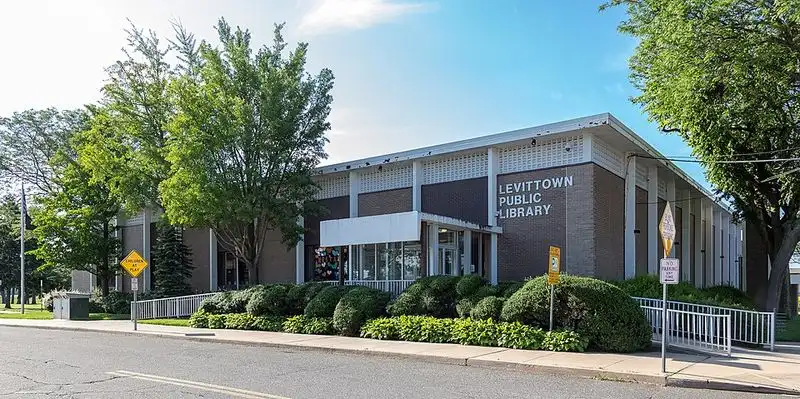
Levittown embodies the mid-century vision of the suburban dream. After World War II, mass-produced homes and accessible mortgages turned this town into a model of suburban living. Long rows of Cape Cod and ranch houses, where neighbors chat along tree-lined sidewalks, define the landscape.
A symbol of post-war prosperity, Levittown promised each family a slice of the American dream. Its uniformity, once criticized, now stands as a testament to a transformative era in housing and community. The sight of children playing in front yards remains a nostalgic callback to its origins.
Mount Airy, North Carolina
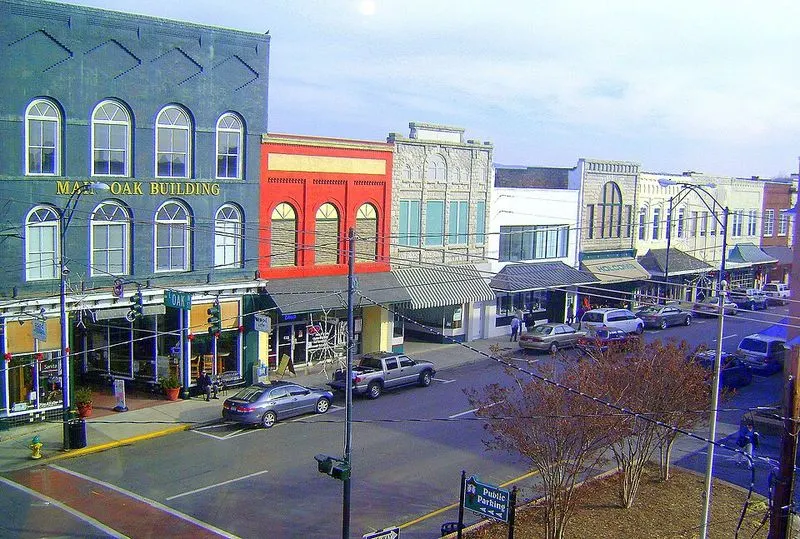
Mount Airy, the real-life inspiration for Mayberry, exudes small-town charm that captivates visitors. This town paints a picture of laid-back living, with porches and parades creating a shared public life.
The walkable Main Street feels like a community’s living room, lined with local stores and a courthouse square. Actor Andy Griffith’s connection to Mount Airy cemented its identity in popular culture. It remains a quintessential symbol of everyday American life, where neighborly bonds and simple pleasures reign supreme.
Dearborn, Michigan

Dearborn stands as a testament to the power of American industry. The town’s development was closely tied to the rise of the auto industry, shaping its identity and destiny.
Iconic manufacturing sites and museums narrate a story of how factories uplifted communities, offering stability and prosperity. Dearborn encapsulates the promise of manufacturing, representing a time when factory towns were symbols of opportunity. Its transformation showcases the enduring impact of industry on local and national life.
Cooperstown, New York

Known as the home of baseball, Cooperstown is a blend of local tradition and national pride. The picturesque village, set off the main roads, captures the heart with its Saturday crowds and baseball lore.
Youngsters toss balls on the village green, echoing the spirit of America’s pastime. The Baseball Hall of Fame anchors Cooperstown’s identity, turning it into a national landmark. It represents the power of small-town charm wrapped in the fabric of American sports history.
Roswell, New Mexico
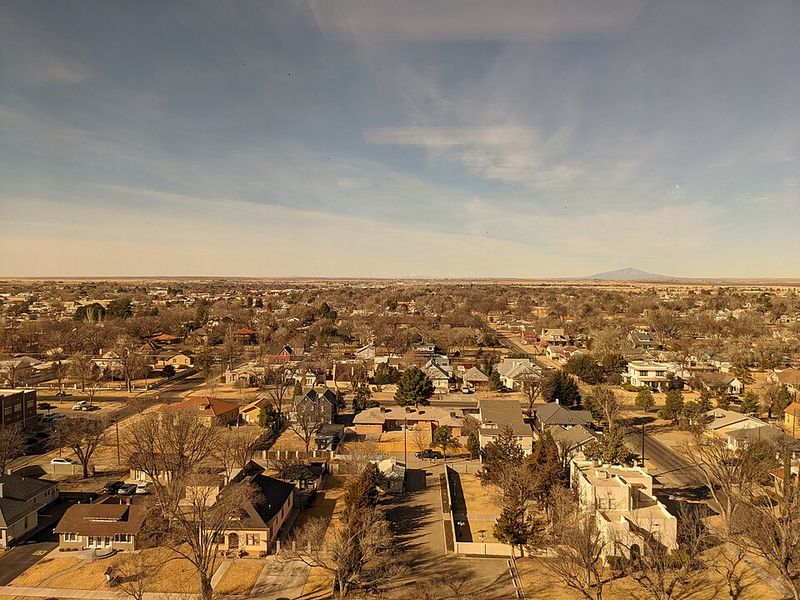
Roswell’s fame sprung from an unexpected headline, turning it into a beacon for mystery and exploration. The town’s association with UFOs has made it a quirky symbol of curiosity.
With themed storefronts and an annual festival, Roswell leans into its unusual narrative. Roadside signs and alien motifs offer a playful twist to its serene setting. Decades of speculation have transformed Roswell into a destination for those intrigued by the unknown.
Deadwood, South Dakota
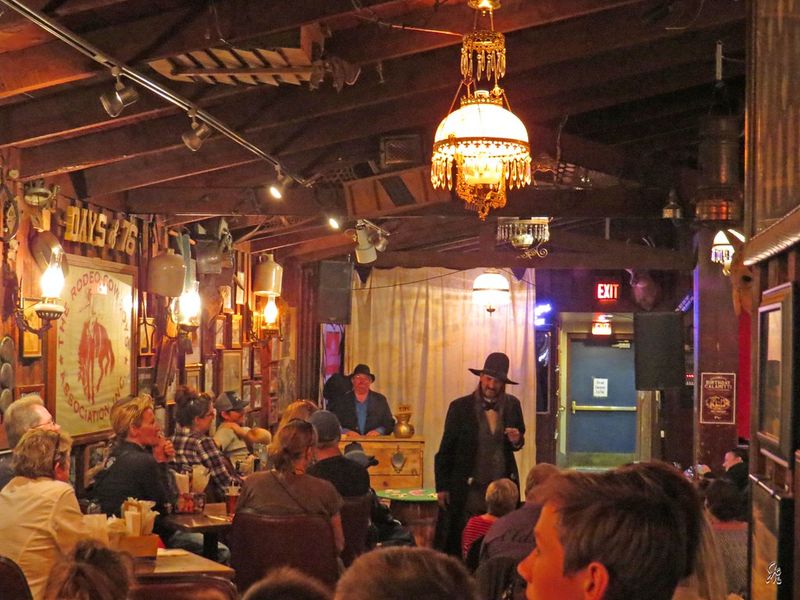
Deadwood’s history is steeped in tales of gold rush and reinvention. This former mining camp now thrives on preserving its colorful past.
Walk along the wooden boardwalks, past historic saloons with brass railings, and you’ll feel the echo of frontier life. Interpretive signs recount days of boom and risk, marking Deadwood as a symbol of raw opportunity. Its transformation from chaos to charm captures the spirit of American perseverance.
Hershey, Pennsylvania
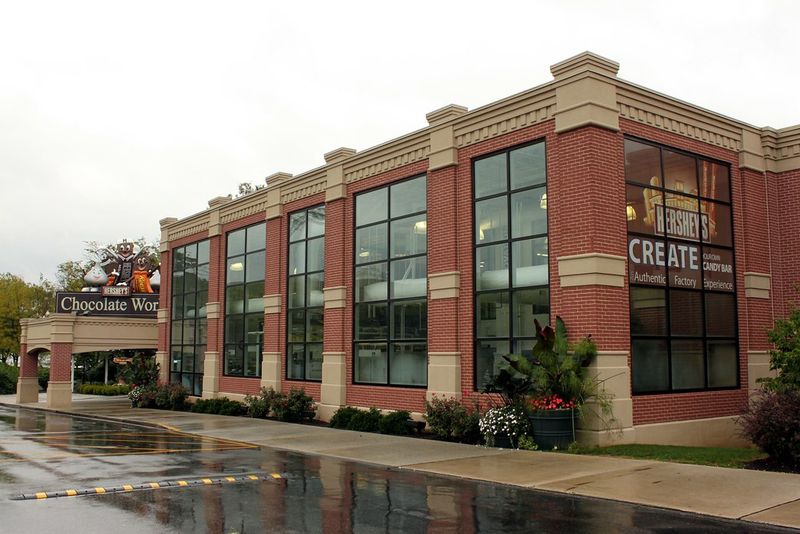
Hershey is a sweet success story of industry shaping community. Founded by Milton Hershey, this town grew around chocolate, creating a unique model of company-built life.
Chocolate-themed public art, coupled with tidy factory gardens, highlight Hershey’s appeal. The town’s neighborhoods were designed with families in mind, reflecting a vision of harmonious living. Hershey remains an example of how single industries can mold entire communities into cohesive, thriving places.
Marfa, Texas
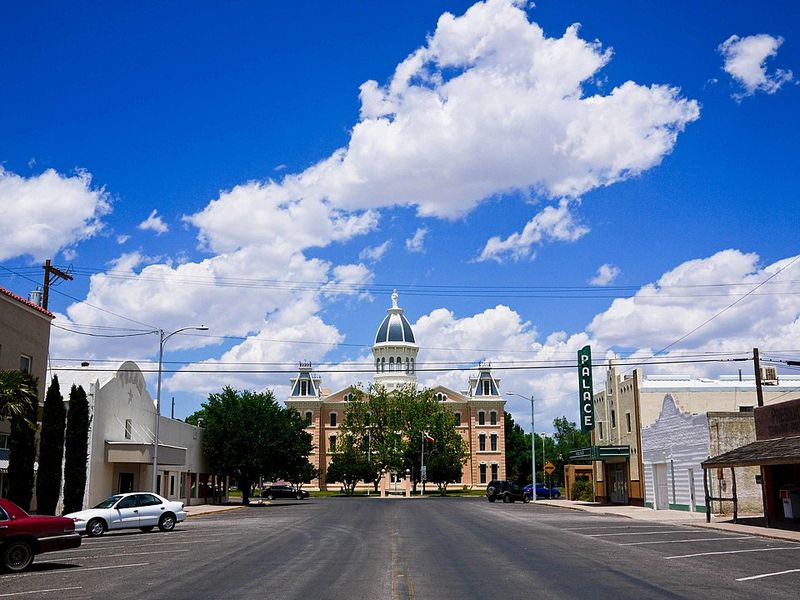
Marfa’s journey from quiet town to cultural landmark is nothing short of extraordinary. A hub for contemporary art, it emerged from obscurity thanks to a few visionary artists.
The minimalist galleries housed in converted warehouses are a testament to Marfa’s unique charm. At night, the vast Texas skies serve as canvases for light installations. Marfa exemplifies how art can redefine a place, offering a fresh take on the concept of the American dream.
Woodstock, New York

Woodstock’s legendary music festival cemented its place in countercultural history. However, the town’s identity extends far beyond that iconic event.
Weekend concerts and craft vendors create an atmosphere of communal creativity. Posters layered on café windows add to Woodstock’s vibrant landscape. The spirit of art and music continues to thrive, making it a perpetual beacon for those drawn to creative freedom and expression.
Southampton / The Hamptons, New York
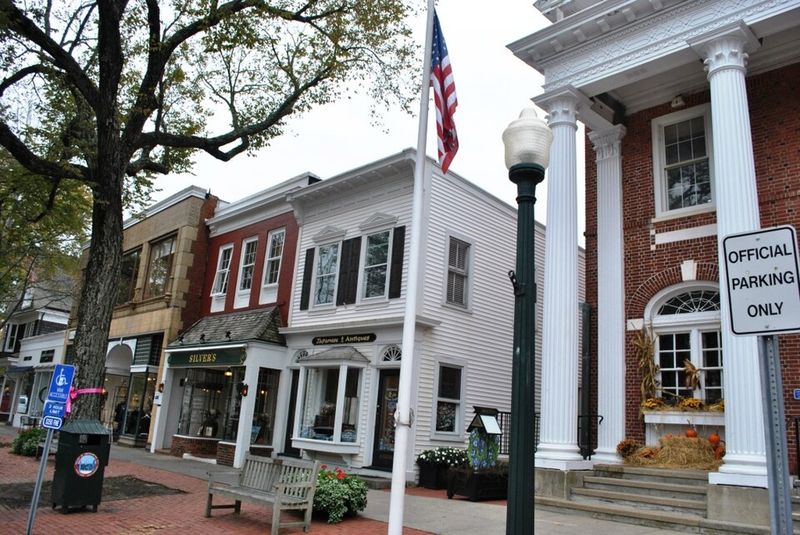
The Hamptons symbolize seasonal leisure and economic achievement. A collection of seaside villages, it represents both escape and status.
High-tide promenades and tidy cottages with blooming hydrangeas define the area. Each summer, activity swells with vacationers seeking respite. The Hamptons serve as the quintessential summer retreat, blending natural beauty with a touch of exclusivity.
Nantucket, Massachusetts

Nantucket’s charm is rooted in its whaling past, offering a serene coastal retreat. The island’s 19th-century architecture and social rituals narrate a story of quiet prestige.
Low, white-washed buildings and cobblestone streets create a timeless atmosphere. Plaques hint at its whaling heritage, connecting past and present. Nantucket embodies stability and historical continuity, becoming a model for coastal life.
Palo Alto, California

Palo Alto’s transformation from college town to tech hub is a tale of innovation. It’s the birthplace of startups that have reshaped global technology.
Converted garages turned offices and laptop-filled cafés capture its entrepreneurial spirit. Plaques marking early-stage companies highlight the town’s role in tech history. Palo Alto embodies the startup dream, illustrating how technology can redefine possibilities.
Branson, Missouri
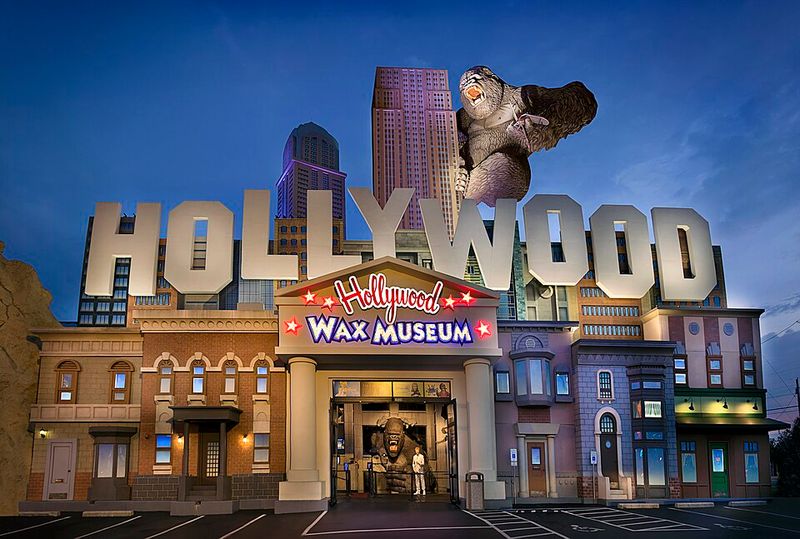
Branson has reinvented itself into a showbiz haven for everyday Americans. The town’s theaters and entertainment venues make it a magnet for families seeking leisure.
Rows of theaters advertising nightly acts and bustling souvenir shops create a vibrant atmosphere. Live music spills into the streets, adding to its dynamic allure. Branson’s transformation into a center of entertainment offers a whimsical take on reinvention.
Key West, Florida
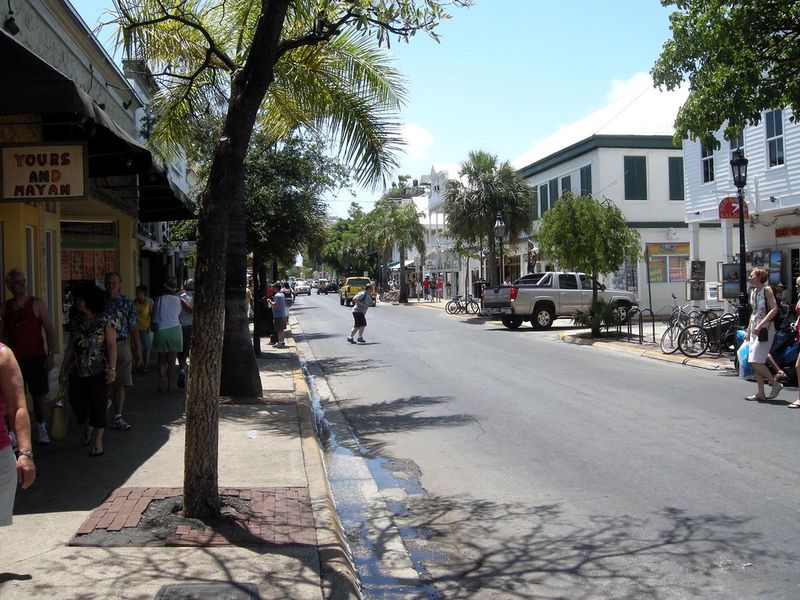
Key West is a haven for those seeking a blend of work and escape. This island town’s tolerant culture and creative scene offer a unique lifestyle.
Wooden porches shaded by palms and late-night gatherings evoke a laid-back vibe. Hemingway’s legacy and small inns by the harbor add to its charm. Key West symbolizes a practical approach to island living, mixing solitude with community.
Plymouth, Massachusetts
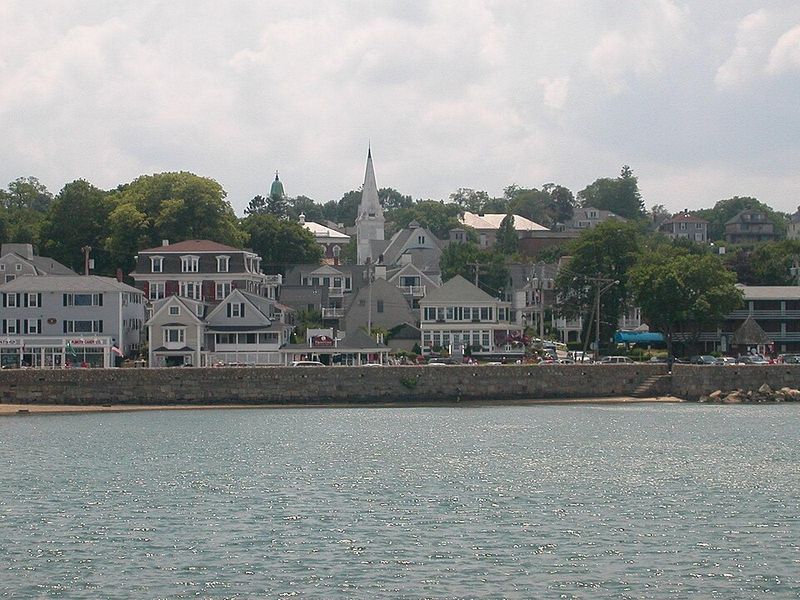
Known for its founding-era narratives, Plymouth is a focal point for American history. The town’s rich heritage offers insights into national beginnings and perseverance.
Recreated meetinghouses and interpretive plaques along the waterfront tell stories of early settlement. Guided walks trace colonial routes, cementing Plymouth’s place in history. It stands as a symbol of national identity and the enduring spirit of the American dream.

